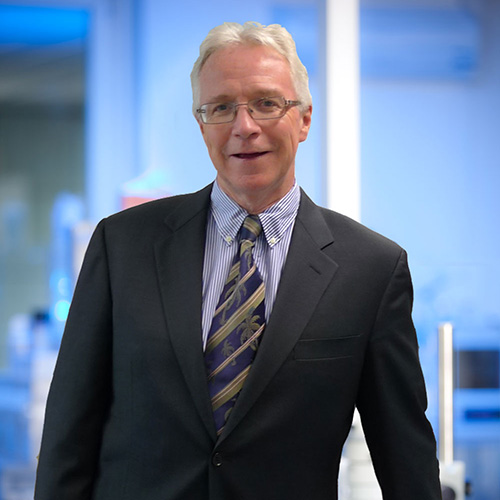Triggerfish: Contact Lens-based Glaucoma Solution
Sensimed’s Triggerfish is the “first ever Food and Drug Administration-approved contact lens sensor,” said David Bailey, chief executive officer. The lens received US approval in March 2016 under the de novo option, which provides an alternate pathway to approval for devices considered low to moderate risk. Triggerfish has been registered in Canada and been granted the CE mark. The company is working on Japanese registration, but a new category of device is required.
“Triggerfish automatically records ocular volume changes (OVC) over a 24-hour period,” said Bailey. Intraocular pressure (IOP) exerts force on the eye shell, leading to OVC. Sensing through the ocular shell is influenced by ocular biomechanics. Sensimed is working to establish OVC as a new measurement classifier for patients with normal tension glaucoma (NTG).
“This could be a new era of biomarkers,” Bailey stated. “OVC can predict progression rather than simply monitor pressure readings.”
The company wants to expand labeling to strengthen utility claims and gain reimbursement, he added.
With up to 92% of people with glaucoma in Asia having NTG, the ability to predict progression and classify NTG is necessary, Bailey said. An in-house registry deemed Triggerfish a “reasonably good classifier of NTG” and there is now a validation study under way in Japan.
Sensimed recently closed a convertible loan of CHF10 million, with a guarantee for clinical study in Japan. The Japanese Glaucoma Society has been involved in the development of the study protocol, and 12 sites have confirmed interest in participating in the studies, according to Bailey. The company predicts studies will be underway in first-quarter 2017, with up to 200 patients with NTG enrolled and followed for two years. Study end and analyses of the Japanese studies are expected in 2019. Triggerfish is also in US studies as a predictor of glaucoma progression in patients with open-angle glaucoma. These studies will also enroll and follow up to 200 patients (five centers) for two years. Study end and analyses are also expected in 2019.
“Ours is a platform technology that is making contact lens sensing a reality,” Bailey said.
Presentation Slides:
Presentation Audio:
Participant:

David Bailey
David Bailey has over 30 years of executive experience across major corporations and geographies in the Medical Device and Pharmaceutical industry including seven years as CEO of a USA public company.
